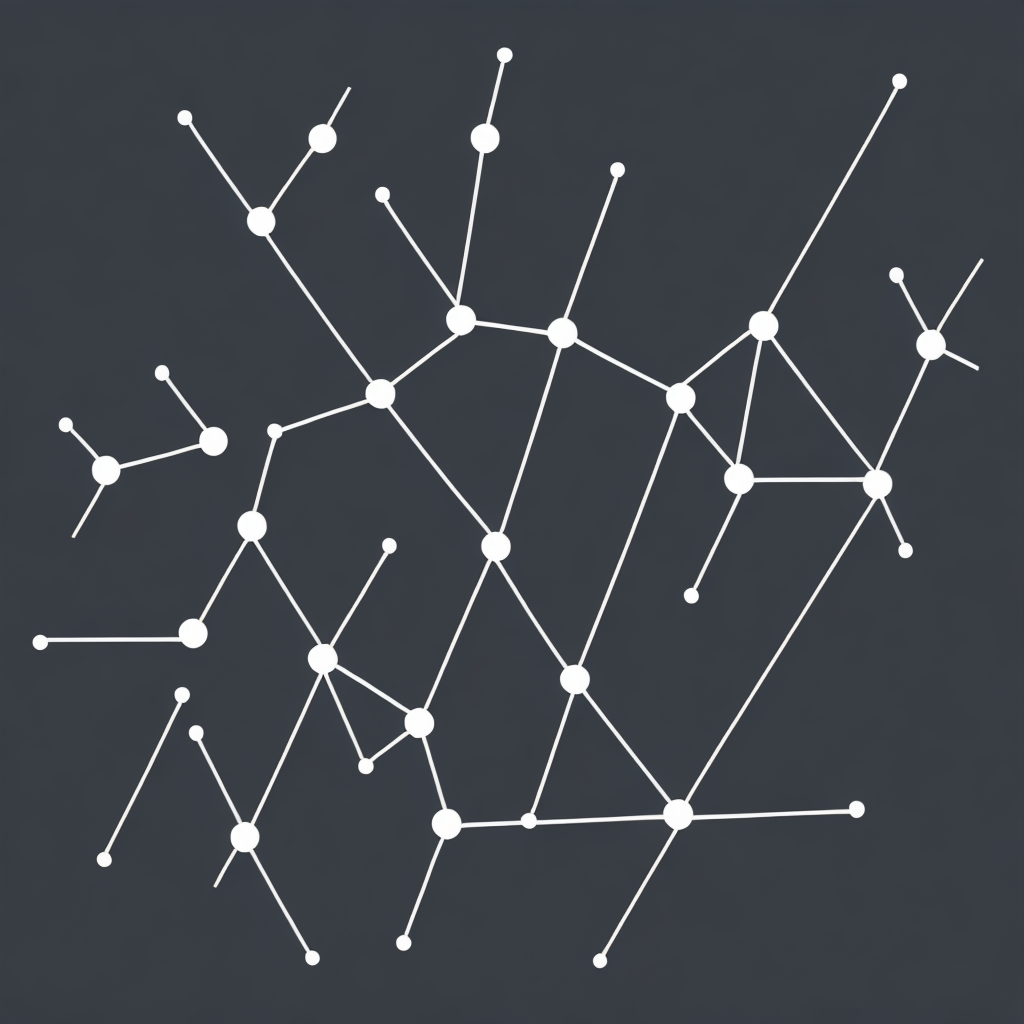Unlocking the Power of Knowledge Graphs: Enhancing Data Integration, Understanding, and Decision Making in the Digital Age
In the ever-evolving digital age, the amount of data that businesses, organizations, and individuals collect and generate has grown exponentially. This data includes structured, semi-structured, and unstructured information, which can be incredibly valuable when properly utilized. However, managing and extracting meaning from vast quantities of data presents numerous challenges. One of the crucial tools to tackle these challenges and harness data’s potential is knowledge graphs. Knowledge graphs are complex data structures that represent real-world entities and their relationships, providing a new dimension to data integration, understanding, and decision-making processes. This article explores the power of knowledge graphs, their applications, and the ways they optimize efficiency and enhance insights in today’s data-driven world.
### Introduction: The Rise of Knowledge Graphs
Traditionally, data has been siloed within organizations, leading to disconnected information and suboptimal decision-making processes. Knowledge graphs emerged as a solution to this problem by integrating data from various sources, creating a unified, interconnected network of information. This network facilitates deeper understanding and efficient access to data, enabling organizations to visualize and manage their information assets more effectively.
### The Structure of Knowledge Graphs
A knowledge graph is essentially a directed graph, where each entity is represented as a node and relationships between entities as edges. The nodes can represent entities such as people, places, things, concepts, or actions, while the edges denote the relationships between them, like “employs,” “studies at,” or “participates in.” This structure allows for the representation of complex relationships and hierarchies, making knowledge graphs a powerful tool for data analysis.
### Enhancing Data Integration
One of the primary benefits of knowledge graphs is their ability to integrate diverse data sources. By connecting data from various databases, sensors, APIs, and other data streams, knowledge graphs offer a unified view of the data landscape. This integration eliminates data silos and enables organizations to leverage their data more effectively, improving operational efficiency and decision-making processes.
### Facilitating Better Understanding
Knowledge graphs facilitate better understanding by providing a structured and interconnected view of the data. This structure helps users uncover patterns, trends, and insights that would be difficult to discern from raw data. For example, a knowledge graph can reveal how different variables are interconnected, allowing for the development of predictive models and recommendations. It also aids in data discovery by enabling users to navigate through the data using semantic search capabilities, which understand the meaning behind search terms.
### Enhancing Decision Making
In the realm of decision-making, knowledge graphs play a pivotal role. By providing a comprehensive understanding of the organization’s data and the relationships between different aspects, they equip decision-makers with insights that can influence strategy, forecasting, and risk assessment. Knowledge graphs simplify complex business operations by integrating historical, current, and predictive data, reducing uncertainty and enabling more informed decisions.
### Applications and Case Studies
Knowledge graphs are being applied across various industries, transforming the way businesses operate. In healthcare, for instance, knowledge graphs are used to link patient data, medical literature, and diagnostic tools, enhancing clinical decision-making and improving patient outcomes. In finance, they help in detecting fraud, understanding market trends, and executing trades more efficiently. Additionally, in the realm of e-commerce, knowledge graphs help personalize recommendations, optimize supply chain logistics, and reduce marketing costs by providing a deeper understanding of customer behavior.
### Conclusion
In the digital age, where data is abundant, knowledge graphs are emerging as an essential tool for organizations seeking to unlock the true value of their data. By enhancing data integration, facilitating better understanding of complex relationships, and empowering data-driven decision-making, knowledge graphs are reshaping how businesses operate and innovate. As technology advances, the potential of knowledge graphs in driving growth, optimizing operations, and uncovering new insights becomes even more pronounced, positioning them as a cornerstone of the future of data management and analysis.
